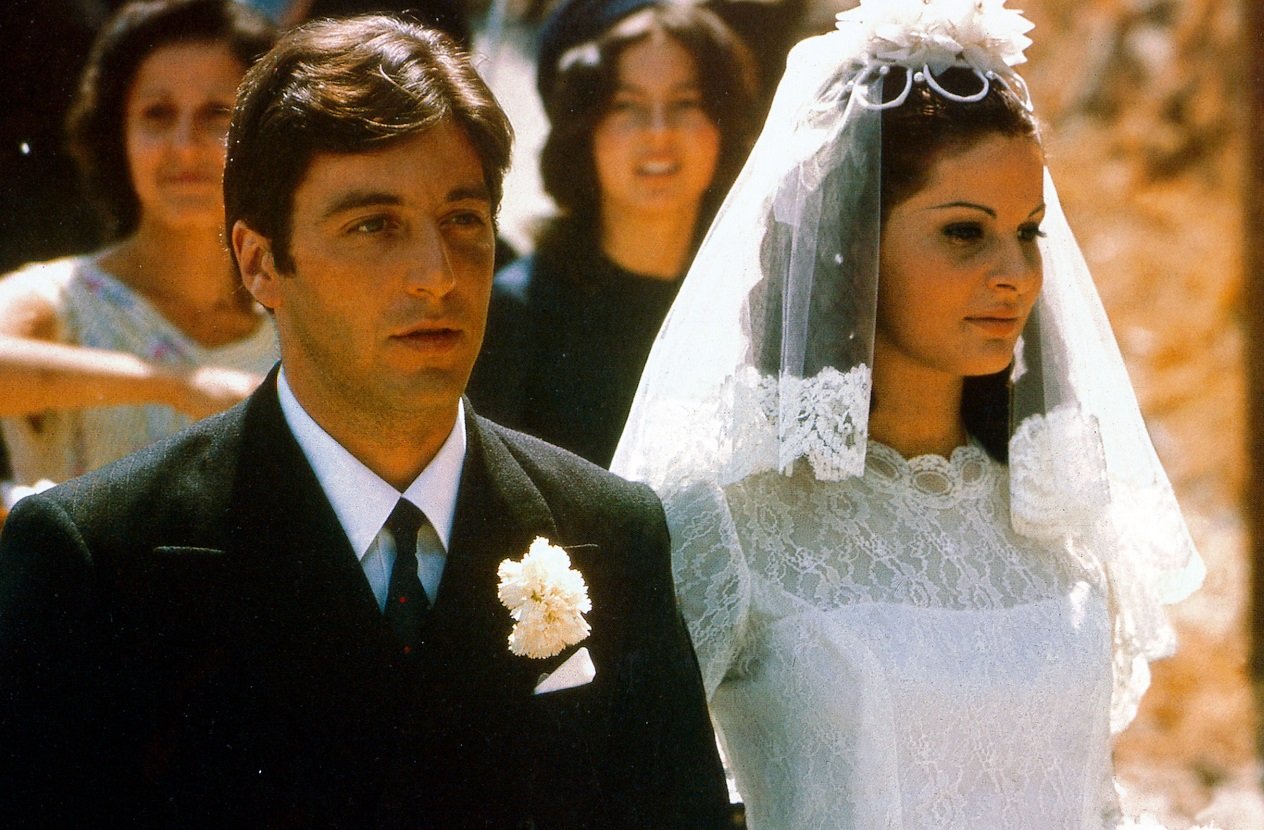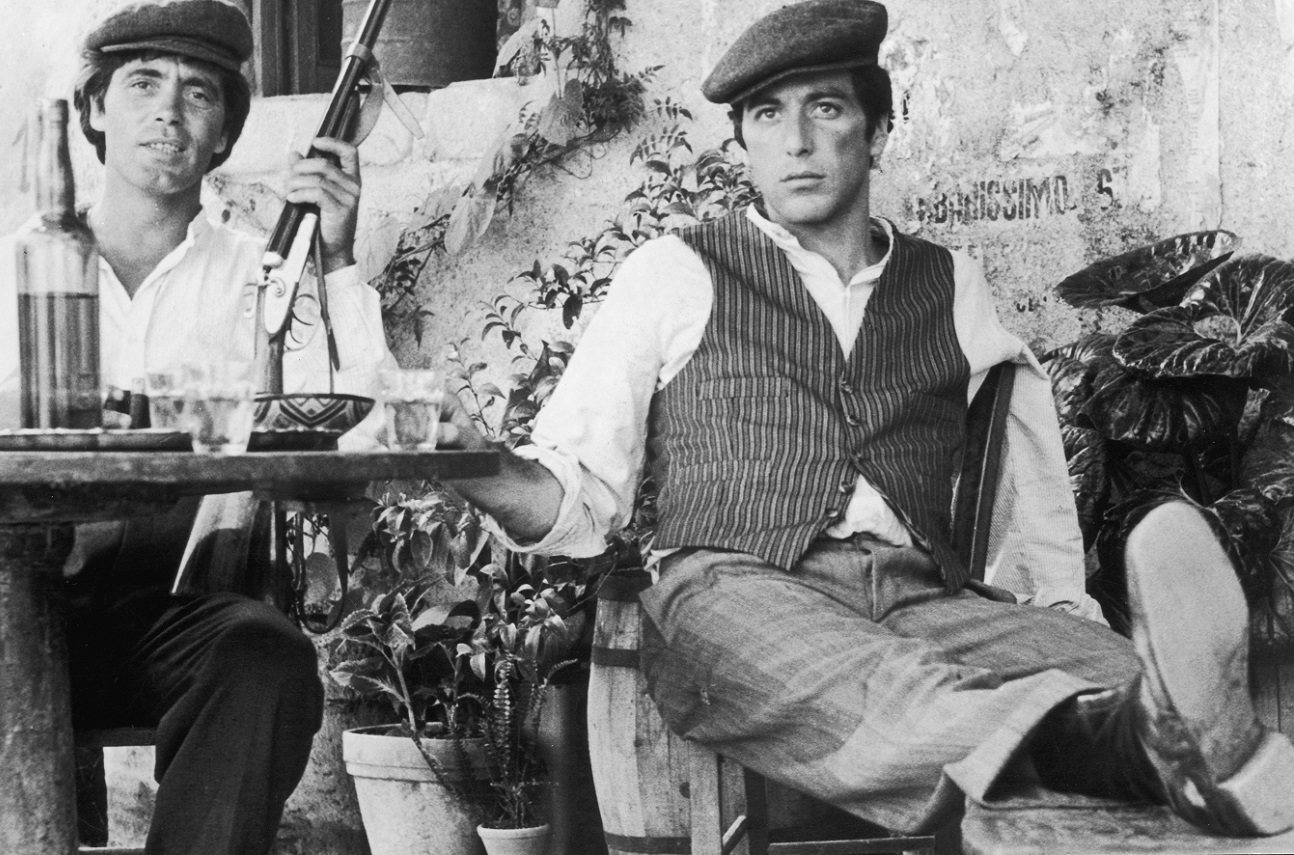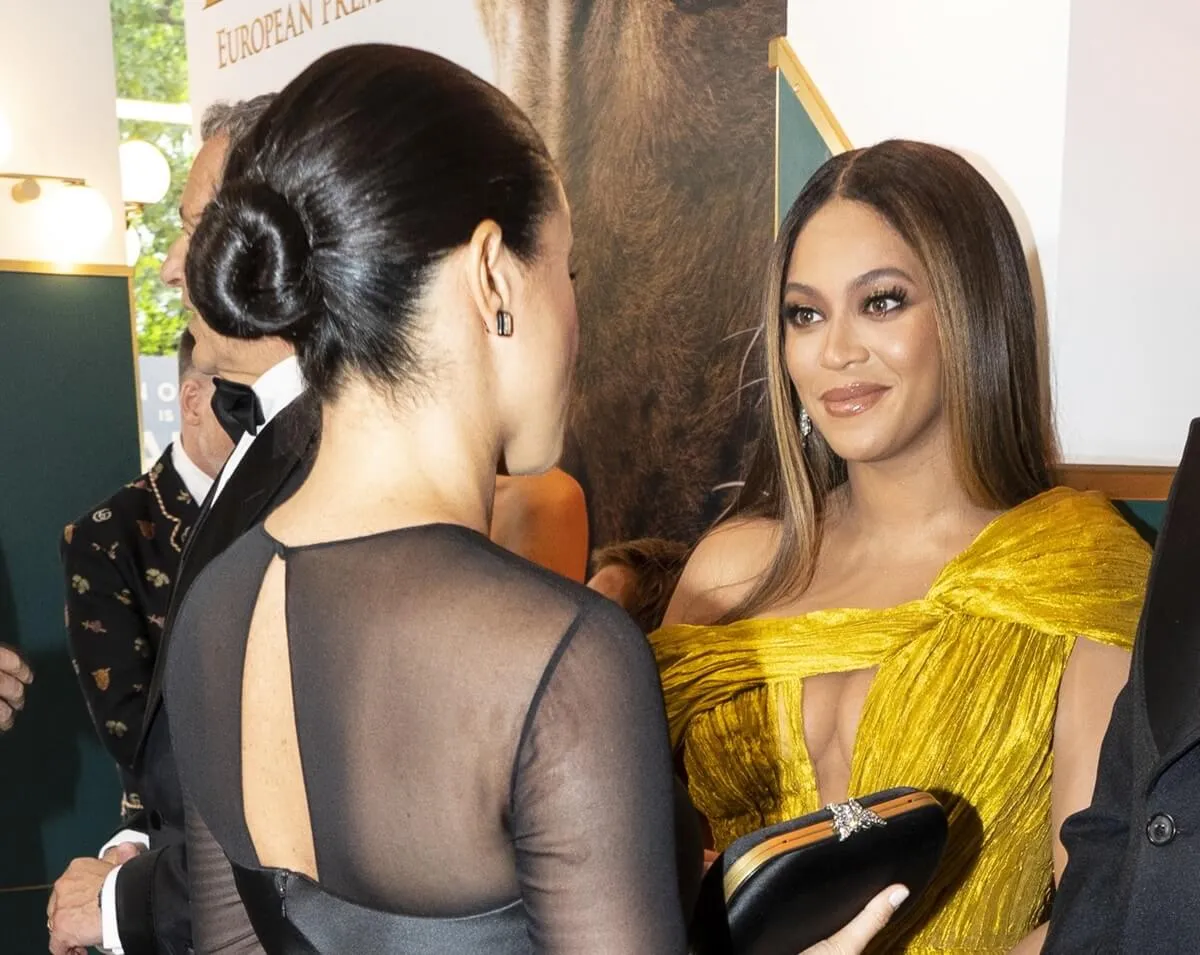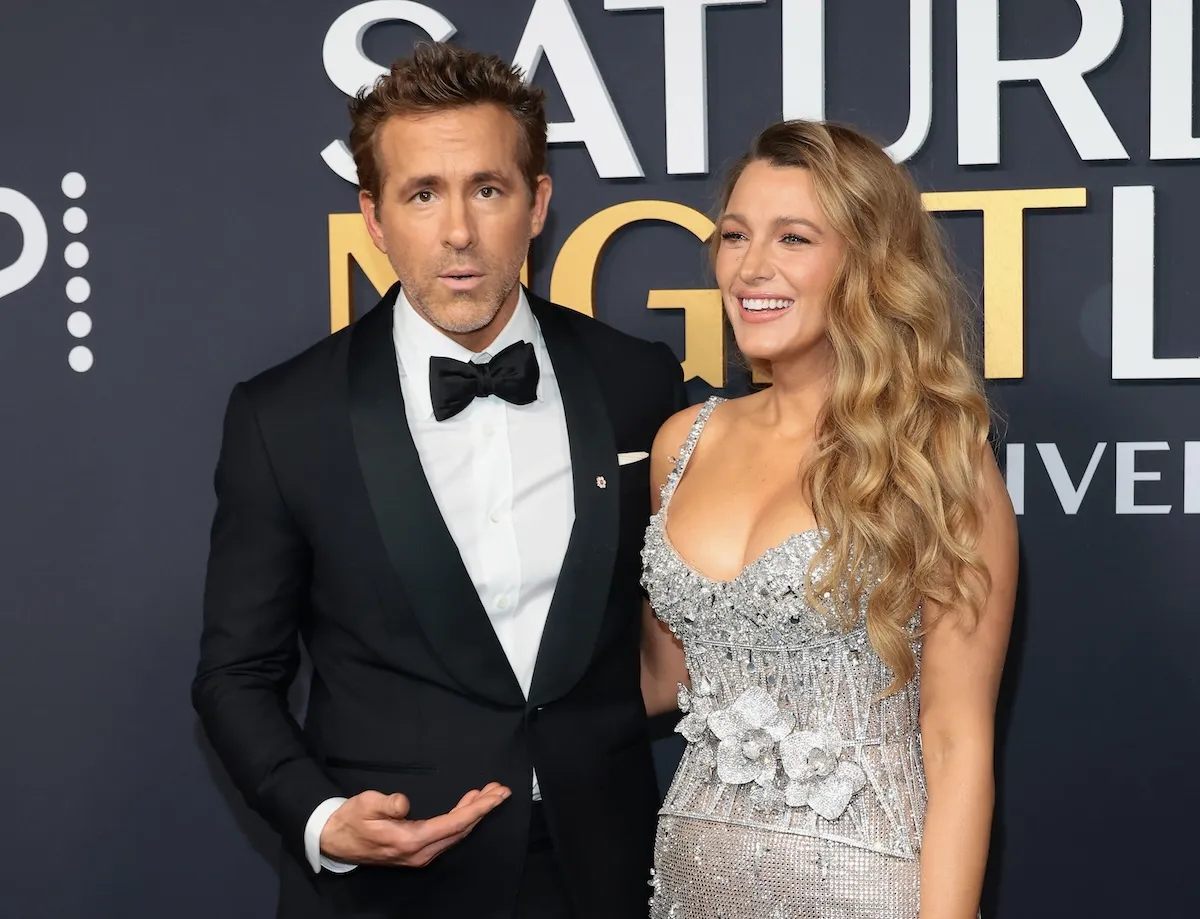‘The Godfather’: Why Isn’t Michael Corleone Arrested Upon His Return From Sicily?
Everyone knows Captain McCluskey (Sterling Hayden) in The Godfather (1972) is a corrupt cop. When the Francis Ford Coppola film heats up, McCluskey is serving as the personal bodyguard and facilitator of Virgil Sollozzo, a gangster who works in the drug trade. Then Michael Corleone (Al Pacino) shoots McCluskey and Sollozzo dead.
After that bold act, Michael has to leave the country and hide out in Sicily until the whole thing blows over. With the help of some Corleone contacts in the media, stories begin to emerge about McCluskey’s corruption and mob ties. So that takes some heat off the Corleones and their enterprises.
Yet that doesn’t change the fact that Michael shot two men — one a police captain — as part of a premeditated double homicide. In Coppola’s film, it doesn’t seem anyone’s worried about Michael getting arrested and charged with these crimes. Mario Puzo’s novel did a better job of explaining why.
‘The Godfather’ film doesn’t show how Michael Corleone’s name gets cleared

Coppola had a ton of subplots to squeeze into the three-hour Godfather, and he couldn’t get them all in. While we see Michael (Pacino) in Sicily, the big issue with his return appears to be mob business. Specifically, it’s his father, Don Vito (Marlon Brando) asking for a guarantee for Michael’s protection.
Vito Corleone points to his “selfish reasons” for requesting a truce in the gangland wars. At a meeting of all the mob leaders, he says Michael is going to return from hiding. And Vito warns everyone present that Michael better return to live and prosper. Even an “accident” that leads to Michael’s death will send the Corleone family to the mattresses.
With this guarantee, Vito continues his negotiations. Eventually, Michael returns. He’s changed since Sicily, where he’d married and watched his young bride explode in a bomb planted to kill him. But he clearly hadn’t faced legal trouble upon his return. Those issues had been settled by then.
Another man confessed to the McCluskey and Sollozzo murders

In Puzo’s The Godfather (1969), the author broke down the terms of the deal that got Michael out of facing murder charges. In brief, a member of a separate mob clan (the Bocchicchios) already facing the death penalty for murder confessed to the murders of McCluskey and Sollozzo.
The family of that man would reap the benefits. “Don Corleone guaranteed […] that the wife and children of Felix Bocchicchio would be rewarded with a handsome pension,” Puzo wrote. That required all sorts of arrangements, of course.
Bocchicchio would need to convincingly place himself where Michael was at every point of that night. He’d also need to cite McCluskey’s involvement in the drug business. Likewise, the waiter at the scene of the crime would need to change his story. Don Vito got it all done, even if Godfather viewers never saw the wheels in motion.


